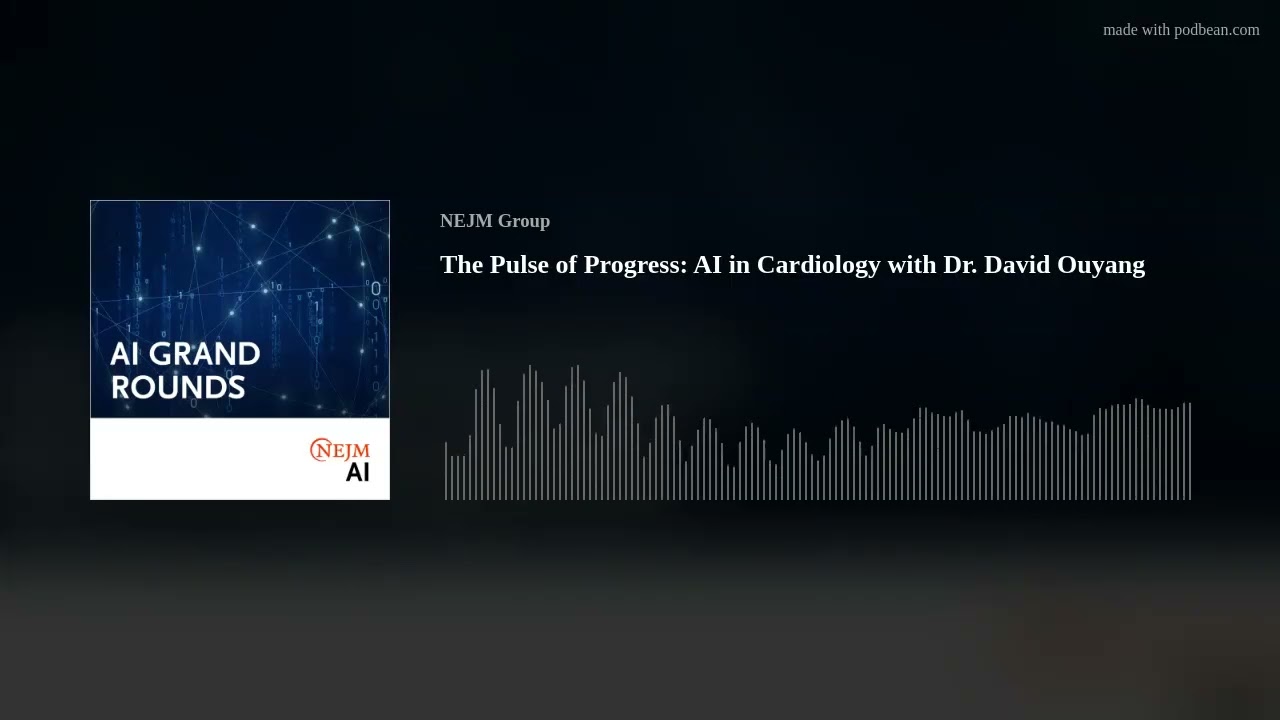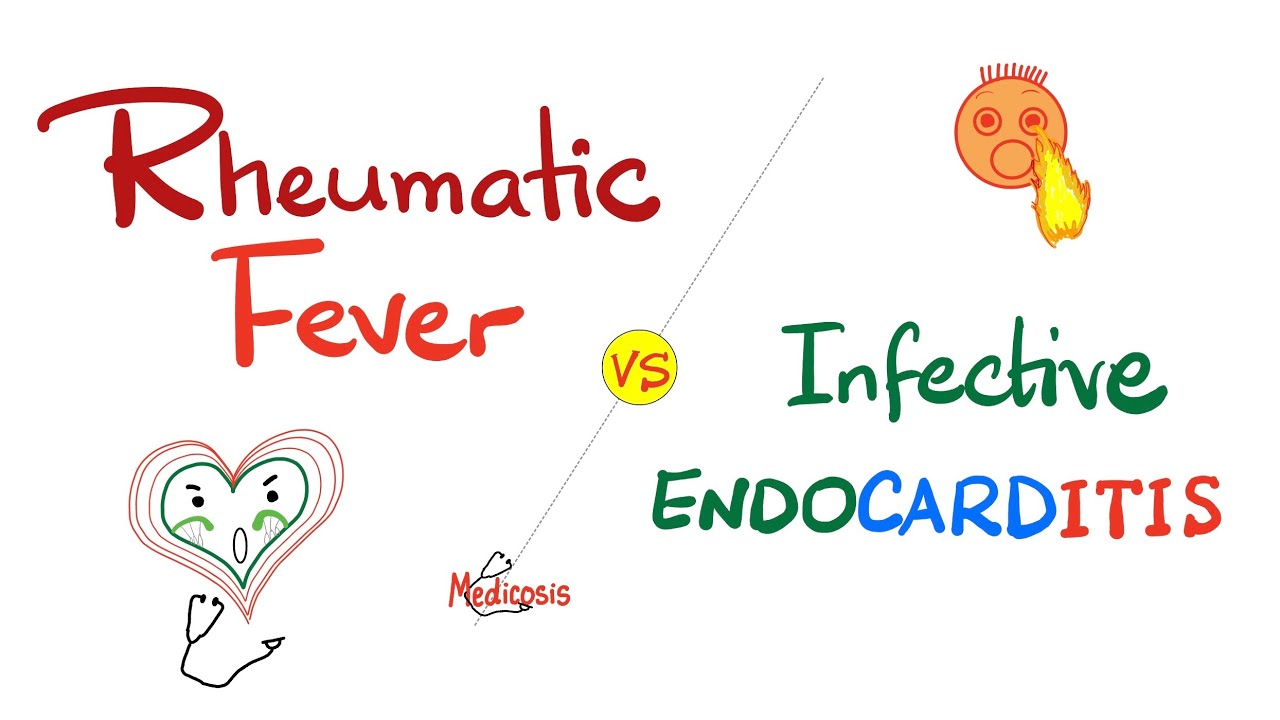NEW YORK (Reuters Health) – The combination of niacin and fenofibrate, along with diet and exercise, markedly improves the lipid profile of HIV patients on antiretroviral therapy (ART), according to the results of a randomized controlled trial.
HIV-infected patients on ART characteristically have increased levels of triglycerides and non-HDL cholesterol together with low HDL cholesterol levels, as well as insulin resistance associated with low adiponectin, the researchers note in the July issue of the Journal of Clinical Endocrinology and Metabolism.
To test an additive approach to improving this distinctive dyslipidemia, Dr. Ashok Balasubramanyam and colleagues at Baylor College of Medicine in Houston, Texas conducted a 24-week trial involving 191 patients with HIV on ART.
For the multiethnic cohort as a whole, mean baseline lipid levels were: total cholesterol 211 mg/dL; triglycerides 306 mg/dL; HDL cholesterol 40 mg/dL; non-HDL cholesterol 172 mg/dL. The total cholesterol-to-HDL cholesterol ratio was 5.4.
The subjects were randomized into five treatment groups. One group received usual care (controls). All the rest adopted a low-saturated-fat diet and a regular exercise regimen, and were further assigned to receive fenofibrate or niacin or fenofibrate and niacin or neither medication.
Fenofibrate improved triglycerides, total cholesterol, and non-HDL cholesterol, while niacin improved HDL cholesterol, according to the report. Maximum benefit was seen with the combination of both drugs plus diet and exercise, the investigators found.
Specifically, compared to usual care, the combination approach reduced triglycerides by 52%, non-HDL cholesterol by 18.5%, and the total cholesterol-to-HDL cholesterol ratio by 24.5%, while increasing HDL cholesterol by 12%.
Furthermore, adiponectin levels were about 43% higher in the combination group than the controls, thanks to the niacin component, the data indicate.
Except for flushing, which was common among those taking niacin, adverse events were infrequent and similar across treatment arms, Dr. Balasubramanyam and colleagues report.
The conclude, “A rationally based, combinatorial approach using niacin and fenofibrate with low-saturated-fat diet and exercise is both effective and safe in improving the CVD risk factors of low HDL-C, elevated non-HDL-C, and hypertriglyceridemia among HIV patients on ART.”
However, they add, “An event-driven trial is required to determine whether this approach can improve cardiovascular outcomes.”
Reference:
Combination of Niacin and Fenofibrate with Lifestyle Changes Improves Dyslipidemia and Hypoadiponectinemia in HIV Patients on Antiretroviral Therapy: Results of “Heart Positive,” a Randomized, Controlled Trial
J Clin Endocrinol Metab 2011;96.






